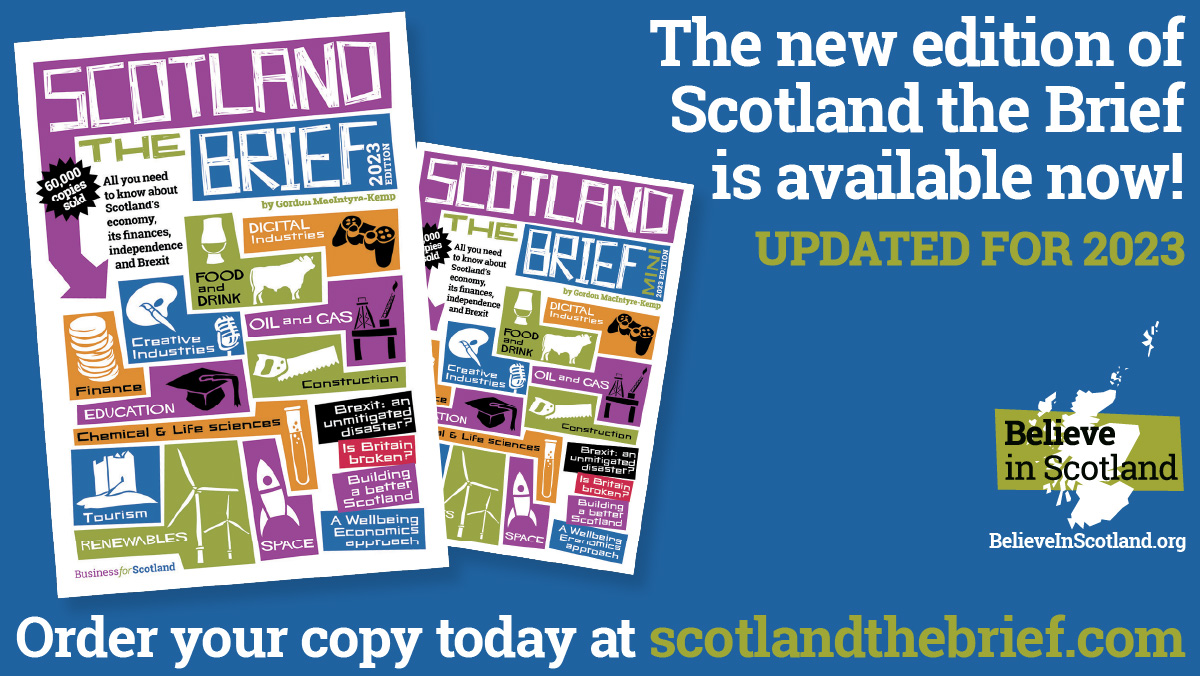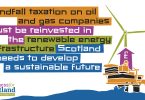The next financial catastrophe in the UK will be laid at the feet of the Bank of England and will come in the form of a housing crisis.
Today the Bank of England announced its thirteenth consecutive rate rise since December 2021. The Official Bank Rate now stands at 5% with markets pricing in a rates peak of close to 6% by mid-2024, putting significant pressure on households with mortgages and individuals and firms laden with debt.
But what is driving the continual increase in interest rates from the BoE? Well, it’s persistently high inflation and an unwillingness to face up to its true causes by the Bank and policy makers.
The BoE is becoming relentless in its pursuit of its 2% inflation target, Jeremy Hunt already softened up the ground last week for the latest round of rate hikes, claiming the BoE had ‘no alternative’ and that the Bank had to ‘do what it takes’ to curb inflation. 
Nevertheless, inflation in the UK has remained stubbornly high and unyielding. Latest figures from the ONS show CPI remained constant at 8.7%, with the UK maintaining its place as the country with the highest inflation rate in the G7. Core inflation (CPI excluding energy, food, alcohol and tobacco) actually rose in the 12 months to May 2023, up from 6.8% in April 2023 to 7.1%.
It is this core inflation that has the BoE worried, as it now sees inflation as being entrenched in the UK economy. The latest earnings figures do not help this, nominal wage growth (excluding bonuses) hit 7.2% in February to April 2023. The figures still put real wage growth (taking inflation into account) behind inflation, however it is enough to confirm to the BoE that we are in a wage price spiral, where ever higher prices are met with ever increasing wages and that the Bank needs to fight this by increasing interest rates.
So, how did the Bank of England find itself here?
The BoE came into this fight with the wrong game plan and equipped itself with the wrong tools straight out of the gate. The Bank has been fighting inflation as if it were being driven by out of control consumer spending, which is not the case. In a speech to the British Chamber of Commerce the Governor of the Bank of England, Andrew Bailey admitted as much:
‘Now I’d like to push back strongly against one argument you sometimes hear, which is that inflation is high because monetary policy was too loose in the past.’
Bailey goes on to state that even the BoE believes that inflation is being driven by supply side shocks:
‘The slow recovery from Covid came alongside a series of big supply shocks that have continued to shape the economic and inflationary dynamics in the United Kingdom.’
Attacking supply side inflation with rate rises, at best your will make little difference but at worse it adds fuel to the fire. The Bank’s approach seems to be reaching the latter part as rate rises are having a significant negative effect on homeowners and businesses.
Bailey goes on to list the plethora of usual suspects the Bank deems responsible for high inflation: the war in Ukraine leading to sharp rises in some foods and energy prices, supply chain disruptions lagging over from the pandemic and the reduction in labour supply in the UK labour market. However, nowhere in this speech or in any public statement made by the Bank is there a mention of the impact of Brexit on inflation.
Clearly the BoE is taking a political stance, this is not the stance taken by the former Bank of England Governor, Mark Carney, who this week told the Daily Telegraph that Brexit is to blame for soaring inflation. It is also not the story shown in the data, with work by the London School of Economics showing that Brexit is responsible for a third of UK food price inflation.
Despite this the Bank is determined to achieve its remit of bringing inflation back to 2% and like a poorly programmed AI, is willing to destroy humanity (in this case crash the economy) in order to achieve its primary function.
The Bank of England is contributing to a housing crisis
The winter of 2022/23 brought the energy crisis – this has now largely been replaced in the spring and summer by a crisis in the price of food. However, thanks to the Bank’s hamfisted pursuit of their remit it looks like the winter of 2023/24 will be categorised by a mortgage crisis.
Work by the Resolution Foundation shows that annual repayments for those remortgaging next year are set to rise by £2,900. By 2026, annual repayments are on track to be £15.8bn a year higher compared to when the Bank started raising rates in December 2021.
This is bad news for anyone who owns a home but it is particularly bad for those who bought a house during the Stamp Duty freeze of 2020/21, many of whom would have taken a 2-year-fixed-rate mortgage at what today seems an obscenely low interest rate of 2% on average. Those 2-year fixed rates will be coming to an end in the coming months and many homeowners will be looking to remortgage.
They will be met with a mortgage market that is shrinking as more and more lenders are pulling mortgage products off the market and what is being offered by lenders is now at rates more than double what they received back in 2020/21. The effect of this will be increased defaults and a mass sell off of property leading to a fall in house prices. The fall has already begun as Bloomberg reported house prices have fallen 10% since their peak in August 2022. If default rates begin to rise, the Bank could be sleepwalking into another housing crisis similar to the one that kicked off the 2008 Financial Crisis.








